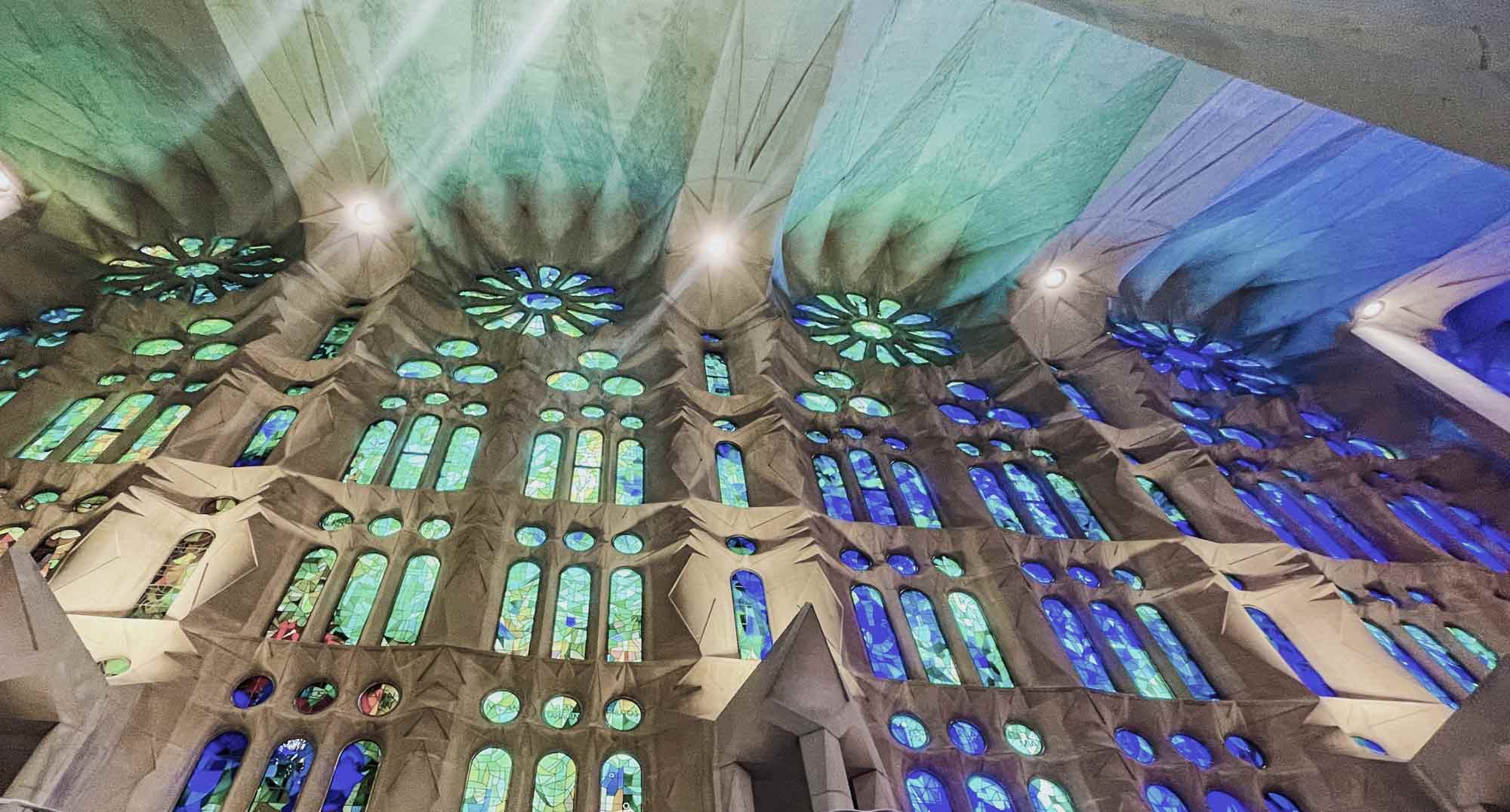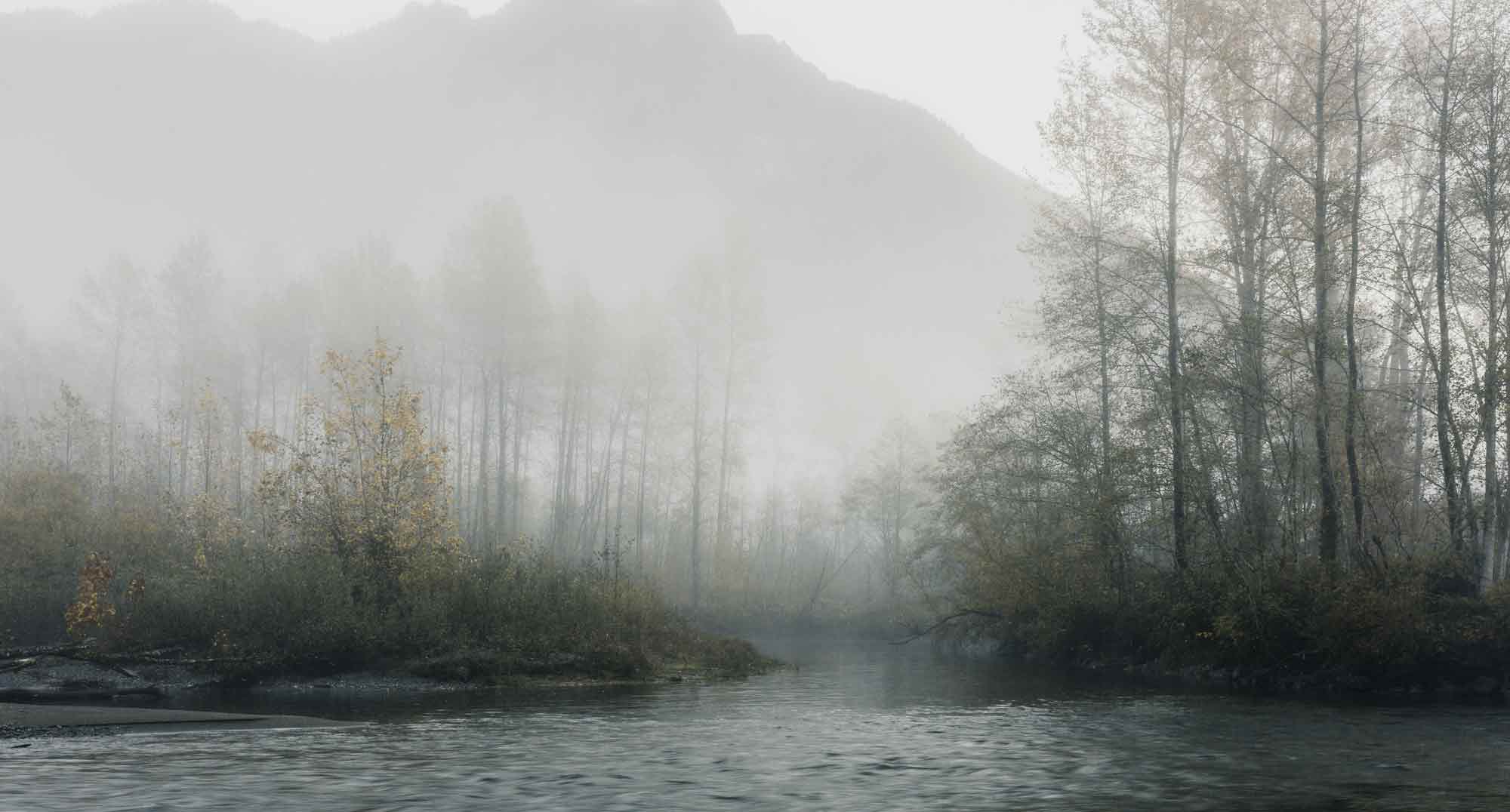On Joy and Glimpses of Heaven
REBEKAH COCHELL|GUEST Architecture communicates through its structure. A government building with Greek columns speaks of democracy, justice, and order. The type of house we choose to live in can communicate our values and personalities. A church’s structure can tell us about the theology of the community that worships there. Typically, I prefer ancient Gothic cathedrals to any “newer” church buildings. Within an hour from my German home are at least three such churches that date back to the 1100s. Gothic cathedrals are symbolic “books.” They visually preach the gospel through the exterior of the structure’s flying buttresses and jambs (sculptures) and inside through stained glass windows, paintings, and more sculptures. Every aspect of a Gothic cathedral is symbolic, pointing to a reality greater than this present world. For a medieval worshipper, entering a cathedral was a symbolic entrance into heaven. An aspect of medieval semiotics (the study of signs and symbols) that is often overlooked is that symbols were more “real” than the present world to medieval worshippers. Since the reality of God and heaven was eternal and earthly existence was fleeting, symbols of the greater reality were more meaningful than the actual reality of Earth. Recently, my husband and I took a trip to Barcelona, Spain where there is a cathedral which has become the second most visited tourist site in the world. The Sagrada Familia looks unlike any other building on Earth, with its myriad of neo-gothic spires that could easily have been created for a science fiction or fantasy film set. Sagrada Familia broke ground in the late 1800s and is still not finished due to a myriad of political and financial reasons. I desired to see it but had no expectation that it could compare to a church built 800 years ago. I thought it would be gaudy based on some of the photos I saw. I was mistaken...










